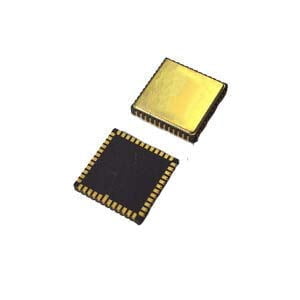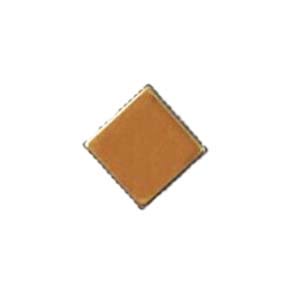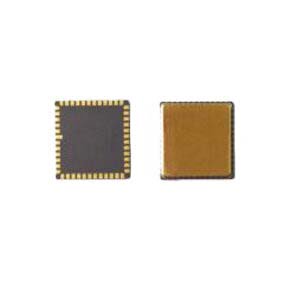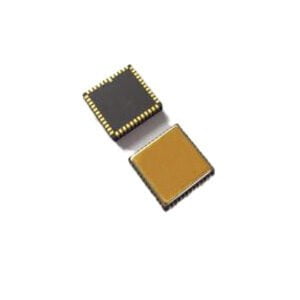At the core of stable flight of drones, precise control of robots, stable navigation of autonomous driving, and high-precision measurement of industrial instruments, a key component is silently playing an irreplaceable role - gyroscope, also known as angular velocity sensor or motion sensor. It is used to accurately sense the current position, direction and state of the device.
ER-MG-056 economical single-axis MEMS gyroscope, using sealed ceramic LCC surface mount package (11x11x2mm), is bringing innovation to these fields with its tactical performance and highly competitive cost.
The core value of ER-MG-056 lies in that it breaks the traditional perception of "high performance = high cost":
**Economical price, tactical performance**
Bias instability 3°/h, angular random walk 0.25°/√h, which means that in the long-term dynamic measurement process, it can continuously and stably provide accurate measurement data, reducing the error caused by random noise. The bias stability of 5°/h further enhances its reliability under complex working conditions.
In terms of measurement range, it can achieve angular velocity measurement up to ±400°/s, meeting the needs of most application scenarios for angular velocity perception.
**Where is it used? How to drive the wave of intelligence**
UAV:
Accurately measure the yaw, pitch, and roll angular velocity of the aircraft to achieve stable hovering, autonomous route flight, and precise landing.
Stabilization gimbal: Provide fast and high-precision attitude feedback for aerial cameras to achieve smooth and stable images.
Robot:
Provide accurate steering angular rate measurement to help robots sense the tilt angle and maintain their own balance and motion control. Combined with the odometer to achieve accurate dead reckoning, especially to provide reliable inertial motion data when SLAM is initialized or environmental features are missing.
Robot joint control: Monitor the rotation speed of the joint to achieve faster, smoother, and more precise motion control.
Automatic driving and intelligent vehicles:
Vehicle attitude and heading perception: Provide the data required for continuous vehicle attitude (roll, pitch) and heading change information, and integrate with the wheel speed meter and GNSS to achieve seamless positioning and navigation.
Electronic stability control (ESC) assistance: Provide high-dynamic yaw angular velocity information.
Ship stabilization system: Ships use gyro stabilizers to reduce roll.
Industrial equipment: Accurately monitor and control the motion status of industrial equipment.
More Technical Questions
1.The materials and structure of MEMS gyroscope
2.What’s the advantages and disadvantages of MEMS gyroscope?
3.How to select MEMS gyroscope?
4.MEMS gyroscope VS FOG: What’s the difference between them?
5.How accurate is MEMS gyroscope?
6.Where are MEMS Gyroscopes Used?






